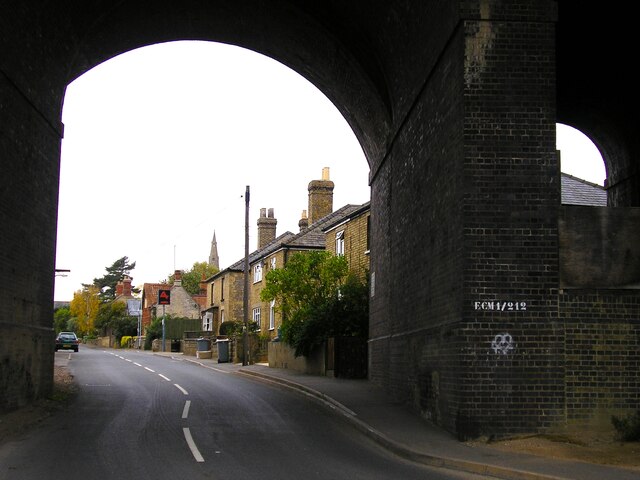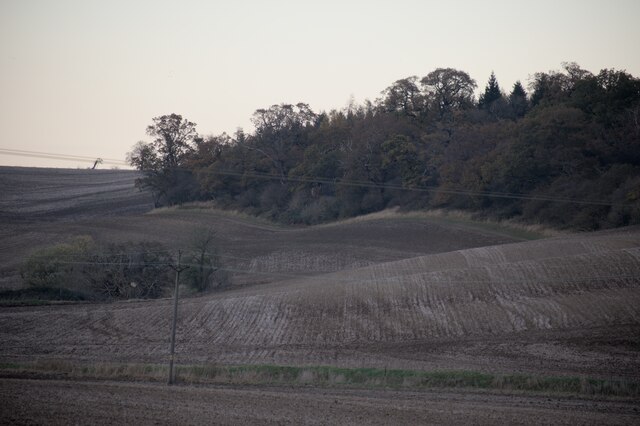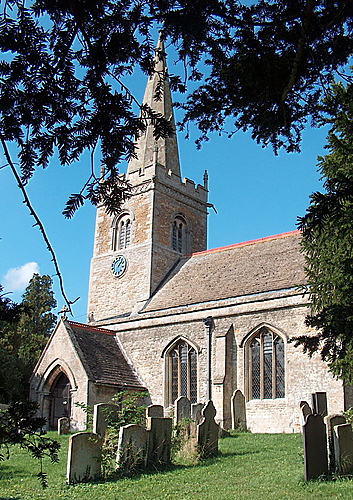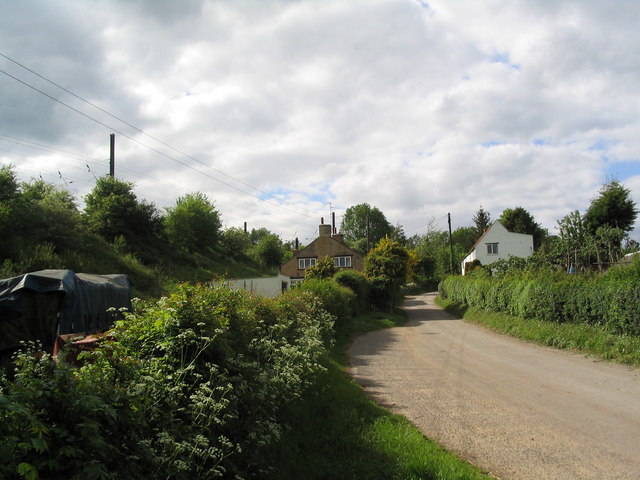Bytham Plantation
Wood, Forest in Lincolnshire South Kesteven
England
Bytham Plantation

Bytham Plantation is a picturesque woodland area located in Lincolnshire, England. Covering an expansive area, it is considered one of the largest plantations in the region. With its dense growth of trees and lush greenery, Bytham Plantation is a haven for nature enthusiasts and a popular destination for outdoor activities.
The plantation is primarily composed of deciduous and coniferous trees, creating a diverse and vibrant ecosystem. Among the tree species found here are oak, beech, pine, and spruce. The varying heights and ages of the trees contribute to the plantation's unique beauty, with sunlight filtering through the canopy and creating enchanting patterns on the forest floor.
Bytham Plantation offers numerous walking trails and paths, allowing visitors to explore the woodland at their own pace. These trails provide opportunities for birdwatching, as the plantation is home to a wide range of bird species, including woodpeckers, buzzards, and owls. Additionally, the plantation is inhabited by various mammals, such as deer, foxes, and squirrels, further enhancing the wildlife experience.
The plantation is well-maintained and managed, with careful consideration given to preserving its natural beauty and ecological balance. It serves as a vital habitat for both flora and fauna, contributing to the overall biodiversity of the area. The management team also organizes educational programs and guided tours to promote awareness and appreciation of the plantation's ecological significance.
In conclusion, Bytham Plantation in Lincolnshire is a stunning woodland area that offers a serene and immersive experience in nature. With its diverse range of trees, abundant wildlife, and well-maintained trails, it is a must-visit destination for anyone seeking tranquility and a deeper connection with the natural world.
If you have any feedback on the listing, please let us know in the comments section below.
Bytham Plantation Images
Images are sourced within 2km of 52.747495/-0.48192377 or Grid Reference TF0217. Thanks to Geograph Open Source API. All images are credited.







Bytham Plantation is located at Grid Ref: TF0217 (Lat: 52.747495, Lng: -0.48192377)
Administrative County: Lincolnshire
District: South Kesteven
Police Authority: Lincolnshire
What 3 Words
///released.kitchens.binds. Near Pickworth, Rutland
Nearby Locations
Related Wikis
Little Bytham railway station
Little Bytham railway station was a station in Little Bytham, Lincolnshire on the Great Northern Railway main line. It closed in 1959. The Midland and...
St Medardus and St Gildardus Church, Little Bytham
The church of St Medardus and St Gildardus in Little Bytham, Lincolnshire, England, is a Grade I listed building. It is dedicated to two 6th-century French...
Little Bytham
Little Bytham is a village and civil parish in the South Kesteven district of Lincolnshire, England. The population of the civil parish at the 2011 census...
Careby
Careby is the principal village in the a civil parish of Careby Aunby and Holywell [in which the population is included] in the South Kesteven district...
Careby Aunby and Holywell
Careby Aunby and Holywell is a civil parish in the district of South Kesteven, south-west Lincolnshire, in England. It stretches from the county border...
Bourne Rural District
Bourne was a rural district in Lincolnshire, Parts of Kesteven from 1894 to 1931. It was created by the Local Government Act 1894 based on the Bourne rural...
Counthorpe
Counthorpe is a hamlet in the civil parish of Counthorpe and Creeton in the South Kesteven district of Lincolnshire, England. It adjoins the hamlet of...
Creeton
Creeton is a hamlet in the civil parish of Counthorpe and Creeton in the South Kesteven district of Lincolnshire, England. It is situated 3 miles (5 km...
Nearby Amenities
Located within 500m of 52.747495,-0.48192377Have you been to Bytham Plantation?
Leave your review of Bytham Plantation below (or comments, questions and feedback).















